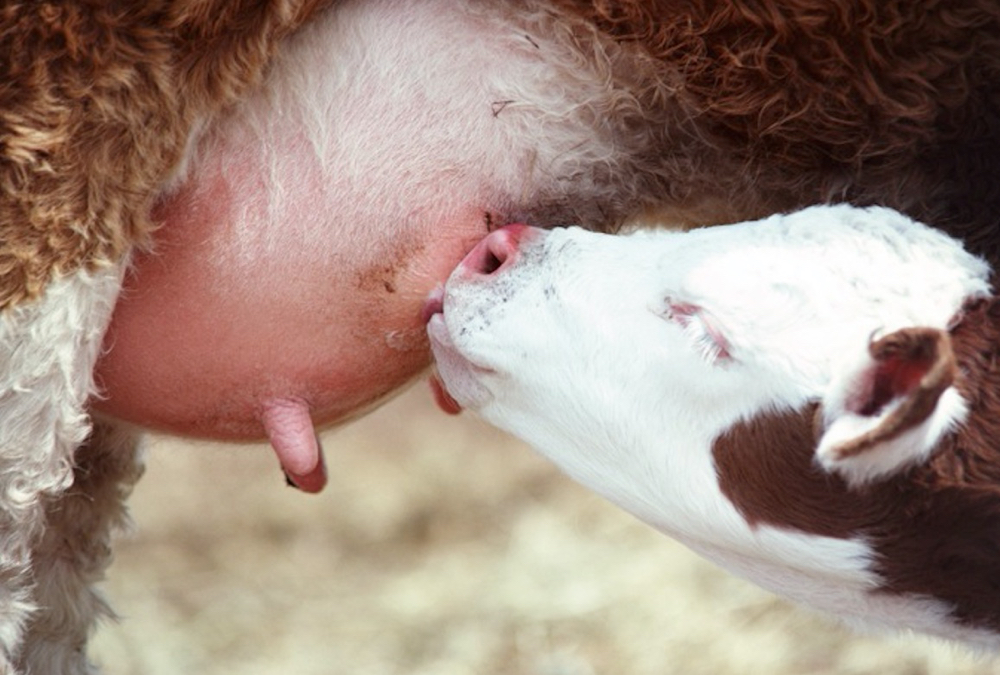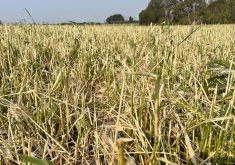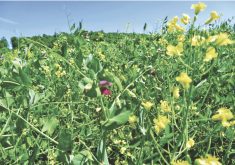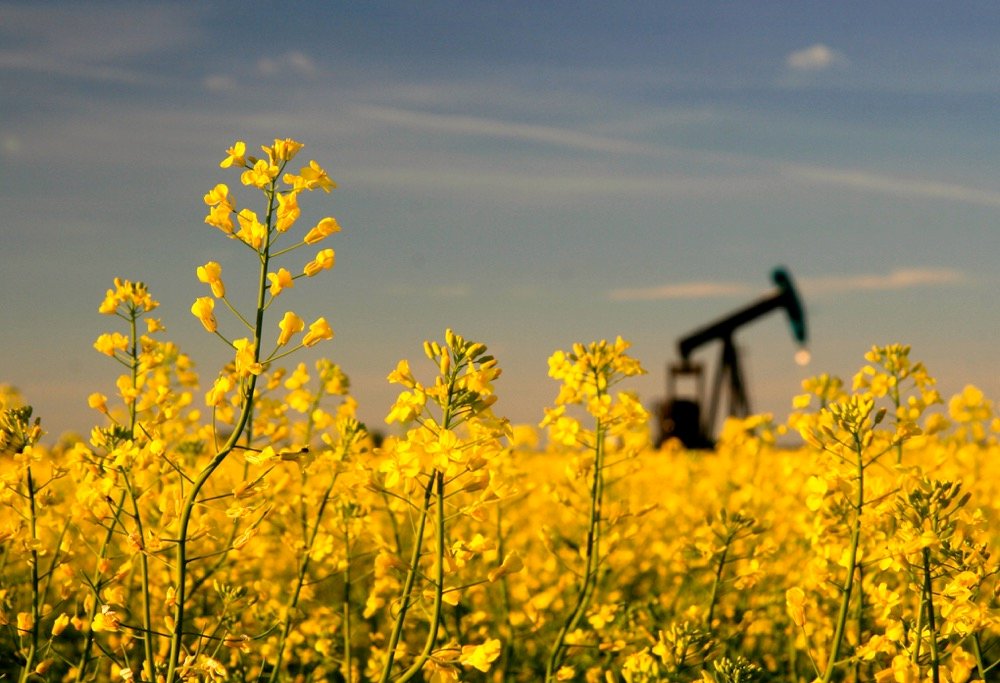Sue and Jim started farming by buying 300 acres, with buildings. By renting additional land, they quickly expanded to 2,500 acres. They supported this expansion with machinery that was mainly leased, and hired custom harvesting. They relied on a bank line of credit for much of their operating money.
The last five years were good, enabling them to build up equity at over $80,000 per year after-tax. (Most of this $80K was used for principal payments on their land and for improvements to their grain storage.)
Because they were still very thinly financed, they recognized that they had risk exposure, and to protect themselves, they bought crop insurance to protect 80 per cent of their yield and participated in the AgriStability program.
Read Also

Veterinary know-how on the farm
If you’re a livestock farmer, you’ve likely faced one of the most frustrating situations on the farm: a sick or…
They were full of enthusiasm and were anticipating the purchase of some adjacent land that was being offered at a favourable price.
Then a bad year arrived. Crop yields dropped by 20 per cent and prices also took a hit, cutting their gross income to $400,000 from a previous five-year average of $700,000. The yield reduction was not enough for a crop insurance payment, although because their costs stayed about the same, their profit margin was drastically worse than their five-year average.
Since their income drop was so deep, they were confident that AgriStability would help see them through this rough situation. However, they were surprised to find that AgriStability would pay nothing. They had to confront their banker, landlord and equipment lessor on their own.
How AgriStability sets payments
AgriStability payments are based on a comparison of a bad-year margin with past margins. Margin is eligible income minus eligible cost. Eligible income excludes non-farm income — for Sue and Jim, all income is from the farm and eligible.
Cost eligibility is a more complex matter. Money paid for items bought and promptly used up, like fertilizer on a grain farm, is counted. Items used over longer periods of time, like machinery, are excluded. Wages of family labour are also excluded.
To find what AgriStability will pay, a farm’s bad-year margin is compared with its previous five-year average margin. That seems straightforward, but fine print was added in 2014. Now, the bad-year margin is compared with the lower of past margin or past costs. The logic seemed to be that one would not want to pay a farm that was still covering most or all of its costs. However, that 2014 condition has a peculiar effect, as we shall see. With it, payments to farmers are seriously affected by the proportion of their total expenses that are eligible expenses.

Eligible expenses on the S&J Farm
To understand the AgriStability decision, we must look at Sue and Jim’s expenses, shown above. These are about the same every year, including during their bad year.
We can see that many of the expenses are ineligible, and not considered by AgriStability. This ineligibility then caused AgriStability to deny support to the farm.
How AgriStability sets the payment for Sue and Jim’s farm
Since AgriStability looks only at eligible items, it sees their bad year as $400,000 eligible income and $230,000 eligible cost, leaving $170,000 for the bad-year margin. That margin is low when compared to past margins, but it’s not so low compared to the five-year average cost of $230,000. In fact, according to AgriStability rules, the bad-year margin is too close to past average cost to qualify for payment. Hence, Sue and Jim get nothing.
Consequences on the S&J Farm
How bad is this situation for Sue and Jim? They are responsible for all expenses, not just the eligible ones. Their total expenses are $600,000, and they have only $400,000 income in their bad year. They have a modest reserve deposit, but that is largely offset by required principal payments.
What can they do? They can cut their standard of living with reduced salary, although $60,000 pre-tax is not exactly a bonanza if they have a couple of kids in school. Maybe they can remortgage their land, or maybe they can get deferments from some of their creditors and landlords.
They probably have an established reputation for honesty and hard work, and very likely they will get by. But surely the situation is not a pleasant one, and probably their hope of buying the adjacent land is extinguished.
We wish them well. But, had they realized the limitations of AgriStability they might have planned differently. They might have included some price protection in their insurance package. They might have negotiated a longer term on their land payment, and retained a little more cash. They might have squeezed their costs and living standard more, despite their farm’s apparent profitability.
Consequences on other farms
Has this been a contrived example? Yes, in the sense that Sue and Jim are fiction, but not in the sense that similar circumstances are likely to prevail, especially on some kinds of farms.
For contrast, consider a large feedlot run with hired management and labour. Feedlots live hand to mouth, so nearly all expenses (feeder purchases, feed, hired staff, etc.) are eligible expenses. For an informative approximation, make all expenses eligible and use the income and expense experience in the same ratio as in the example we ran with Sue and Jim. With that ratio, we can set an example where the feedlot’s five-year numbers are $7 million eligible income and $6 million eligible cost.
In that version, the bad-year income drops to $4 million while expenses stay at $6 million. AgriStability recognizes a negative $2 million margin in this bad year. That’s very low compared with past margin, and it’s also very low compared to past eligible costs. Accordingly, the feedlot is likely to get a payment in the millions.
Was this another extreme situation? Yes, but again, not on some kinds of farms. There are many farms with different cost structures — dairies, beekeepers, orchards, and so on. In general, for the individual farm, the ratio of eligible costs to total costs determines AgriStability effectiveness.
Farms that are more like feedlots, with a large proportion of expense items used up in the current year, will have high ratios. Those like grain farms that employ more long-term inputs, such as land and machinery, will have low ratios. Also, farms that rely more on family labour will have lower ratios.
Spreadsheet experimentation by the author (copy available on request) suggests that when your eligible-cost over total-cost ratio drops below 0.7, much of the effectiveness of AgriStability has been lost. (The ratio for the Sue and Jim example is 0.38.)
The AgriStability payout method and policy
These differences in benefits have implications both for farm management and for public policy. For management, if your eligible cost ratio is low, you may still want to participate in AgriStability because premiums are very low. Participation might help in a severe catastrophe. But with a low ratio, you should look carefully at your risk situation and not count too much on AgriStability.
For public policy, one must ask, are there ways to stop AgriStability from tipping its payments toward some types of farms (i.e. farms more like the commercially run feedlot) and away from those more like family grain farms. One possibility is to broaden cost eligibility. True, some costs are difficult to measure, but approximating them may still lead to a better program.
A second possibility would be to revoke the 2014 condition, which meant baseline cannot exceed historic cost. While probably well intended, this condition is the major trigger of the uneven effect of AgriStability on different types of farms.
Either of these changes would, of course, increase program payouts and, therefore, its cost. But even if no more public money is allocated, other ways to economize, such as reducing the $3 million payment cap, might be introduced, to allow program benefits to be distributed more equitably.
If subsidization of farming is regarded as a good use of taxpayer money, AgriStability is not a bad program. It discriminates against some producers, such as grain farms and family-operated farms, but at least it pays out to its beneficiaries at times when their needs are greatest. And there may be ways of improving it.
For the potential users, it needs to be regarded as just one part of a risk control program, valuable on some farms and not so good on others.
Glen Mumey is emeritus professor at the University of Alberta who has taught and conducted research in agricultural finance.















